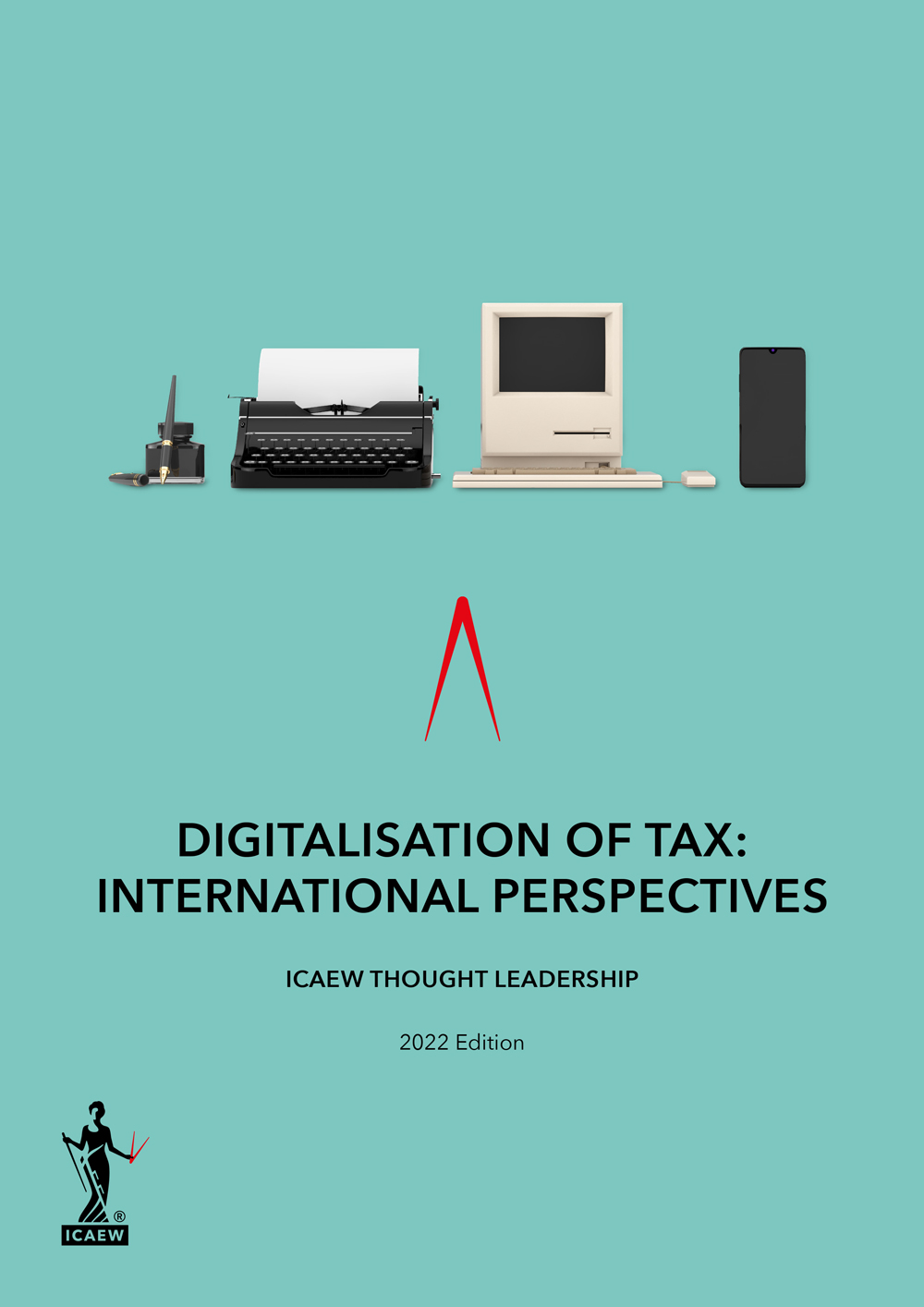Whether it’s Brazil’s focus on electronic invoices, Estonia’s long-term digital commitment, Kenya’s connection with mobile money, or any of the other case studies reviewed in this report, certain issues are common across all digitalisation projects, but unique circumstances and approaches also shape a country’s digital development.
There are many drivers for digitalisation. Requirements to file tax in a digital format, or issue invoices electronically, can increase the efficiency of the tax system, while also providing impetus for economic growth. Embedding tax into the systems that taxpayers naturally use, such as accounting software, can make the changes easy and invisible.
Since the previous edition of this report in 2019, the COVID-19 pandemic has also put a spotlight on many tax authorities’ resilience and adaptability as tax audits and administration have had to go remote. Many countries have leant on their tax authorities to administer COVID-19 emergency support schemes, and their duties continue to be reinvented.
This report focuses on how digital methods are transforming the tax compliance landscape, and considers trends and challenges in the digitalisation journey.
Digitalisation trends
- Pre-population: this is the oldest and most enduring feature of digitalisation, whereby the tax return can be pre-filled if the tax authority has reliable, high-quality information on a taxpayer from other sources such as employers and other government departments.
- Electronic invoicing: this typically consists of a set of standardised formats and a system for remitting invoices that passes a copy to the tax authority.
- Real-time information: this can provide tax authorities with a wealth of data that is not just useful for checking tax information but also provides a high-quality view into the economy that can be used for central government planning, economic policy or testing the effects of policies in the real world. A critical knock-on effect of real-time information is that it requires businesses to go digital to support it.
- Targeted audit activity: detailed and timely information about taxpayers, if used properly, can help to target audits and other compliance activity more effectively.
Integrated tax systems: if tax is automatic and part of the same system as that taxable activity, this would make it immediate and invisible to most users and not reliant on voluntary compliance.
Digitalisation challenges
While digitalisation has many benefits, challenges remain, including around change management, delivery capability, underlying complexity of the tax system (rules and legacy systems) and having the necessary legislation in place to keep up with digital advances.
However, the challenge most often mentioned in our research is that of digital exclusion, whereby some taxpayers are unable to keep up with changing requirements due to an inability or unwillingness to use digital methods to interact with the tax authority. There are many reasons for this, such as lack of digital skills, distrust of online interaction, remote location away from reliable internet infrastructure, poverty or disability.
Tax authorities need to consider different responses for different groups of the digitally excluded and it remains a key consideration for any digital development programme.














